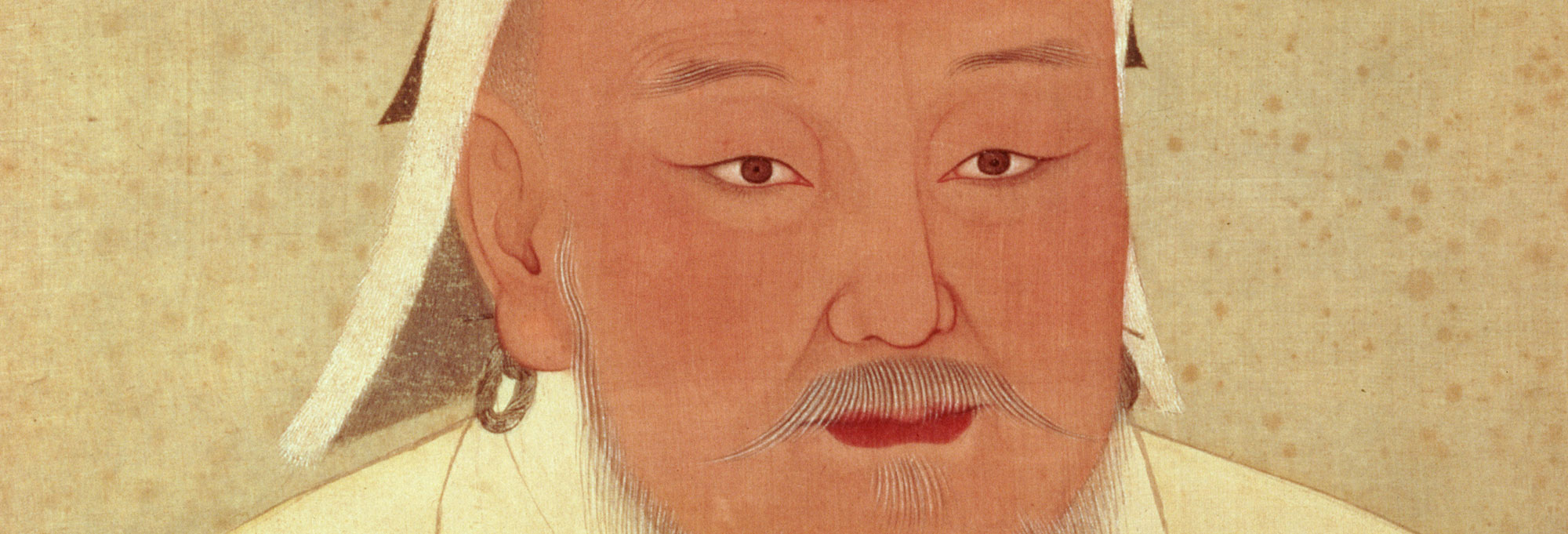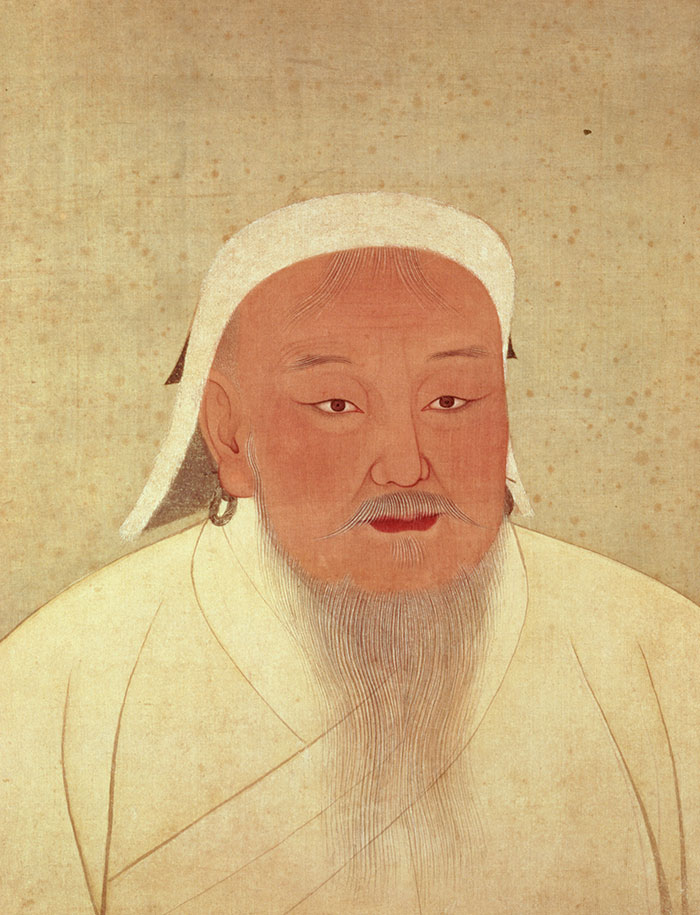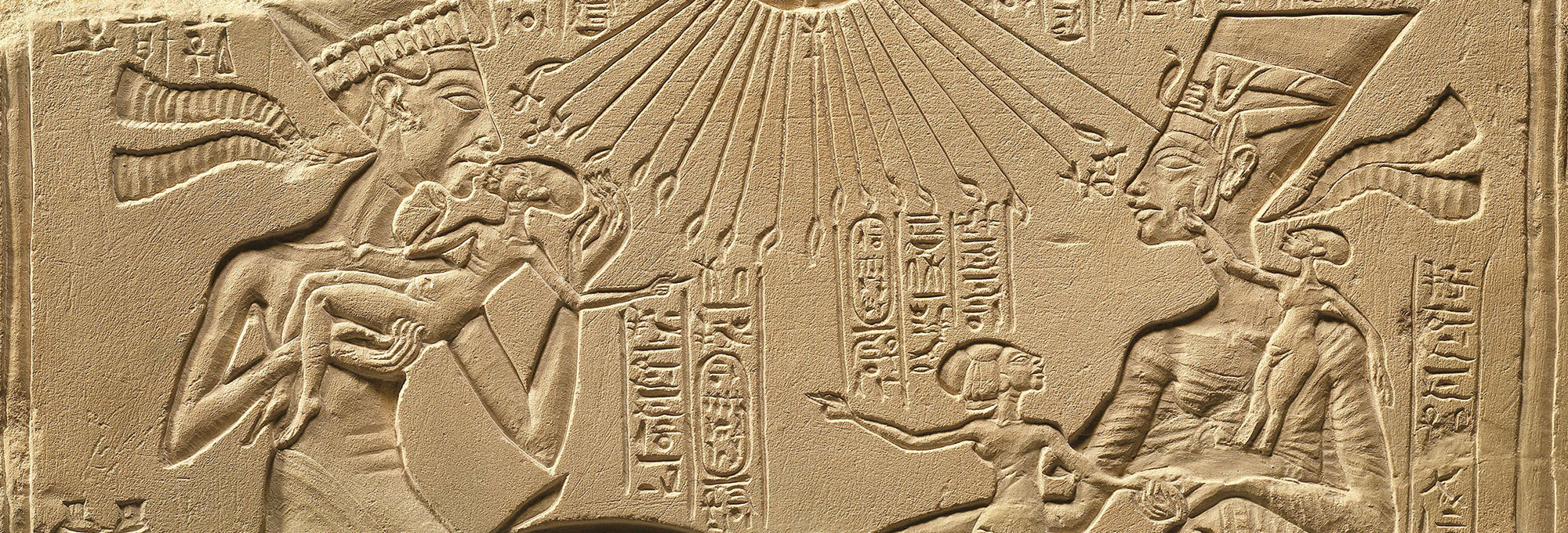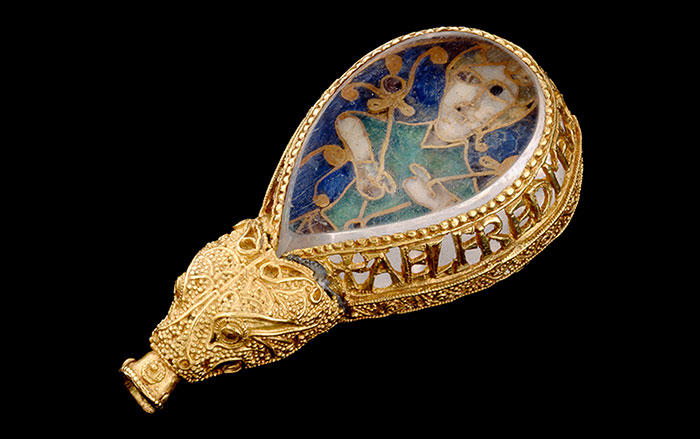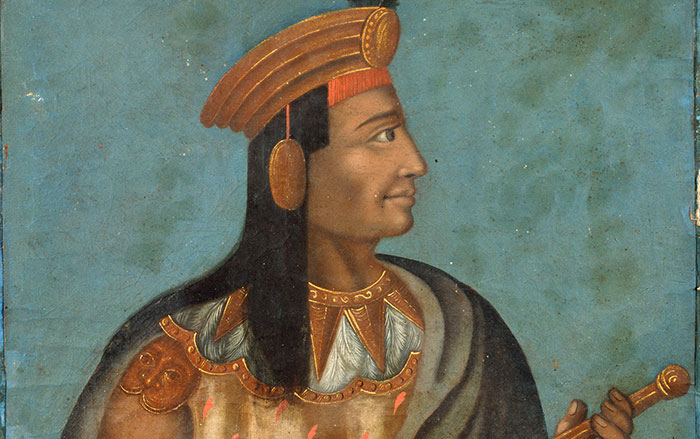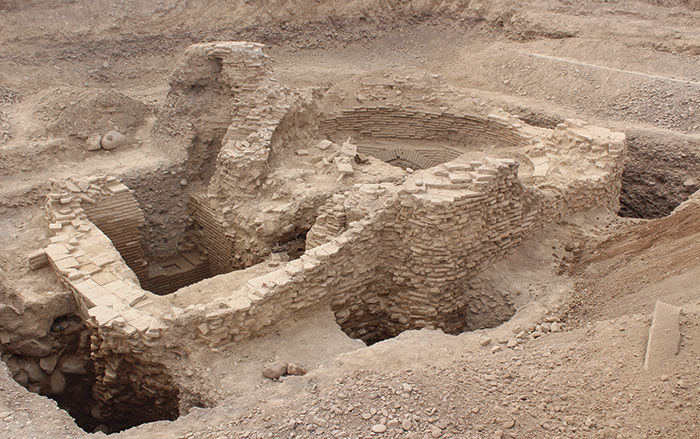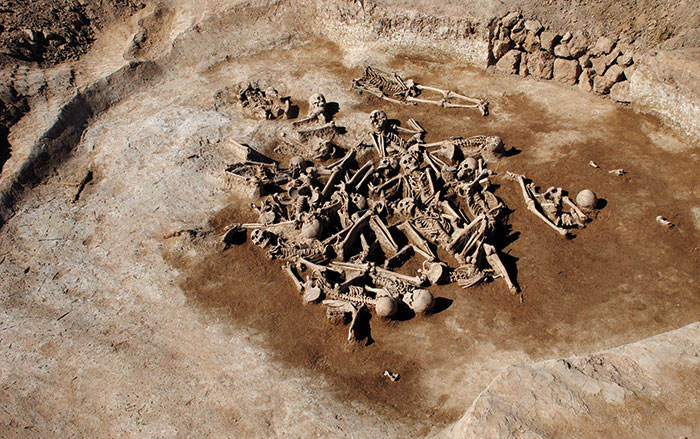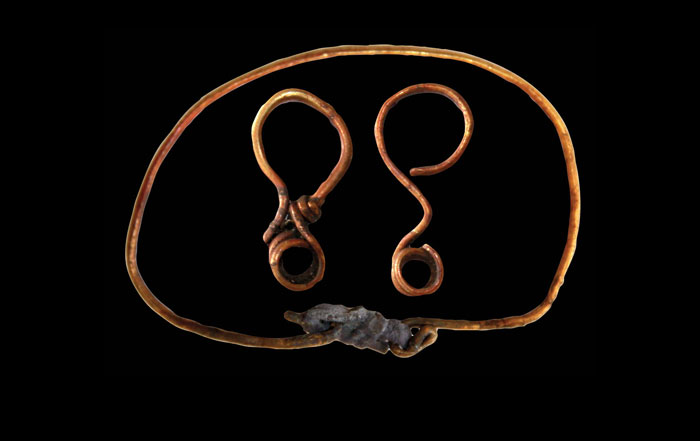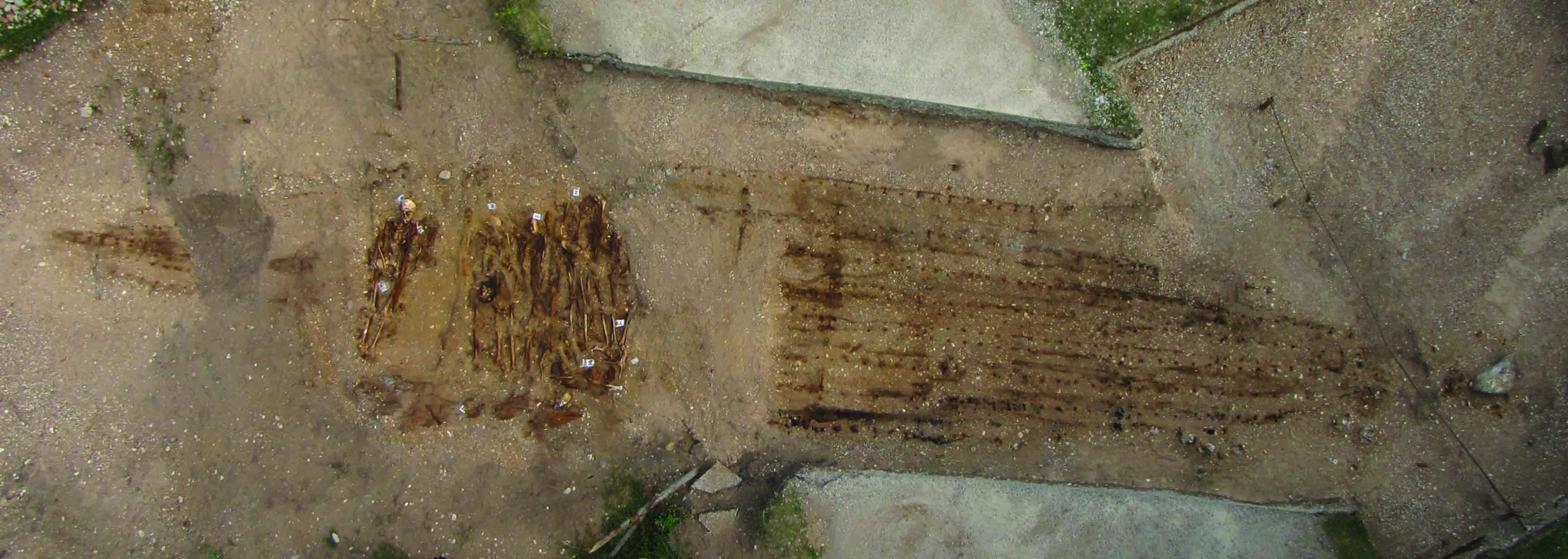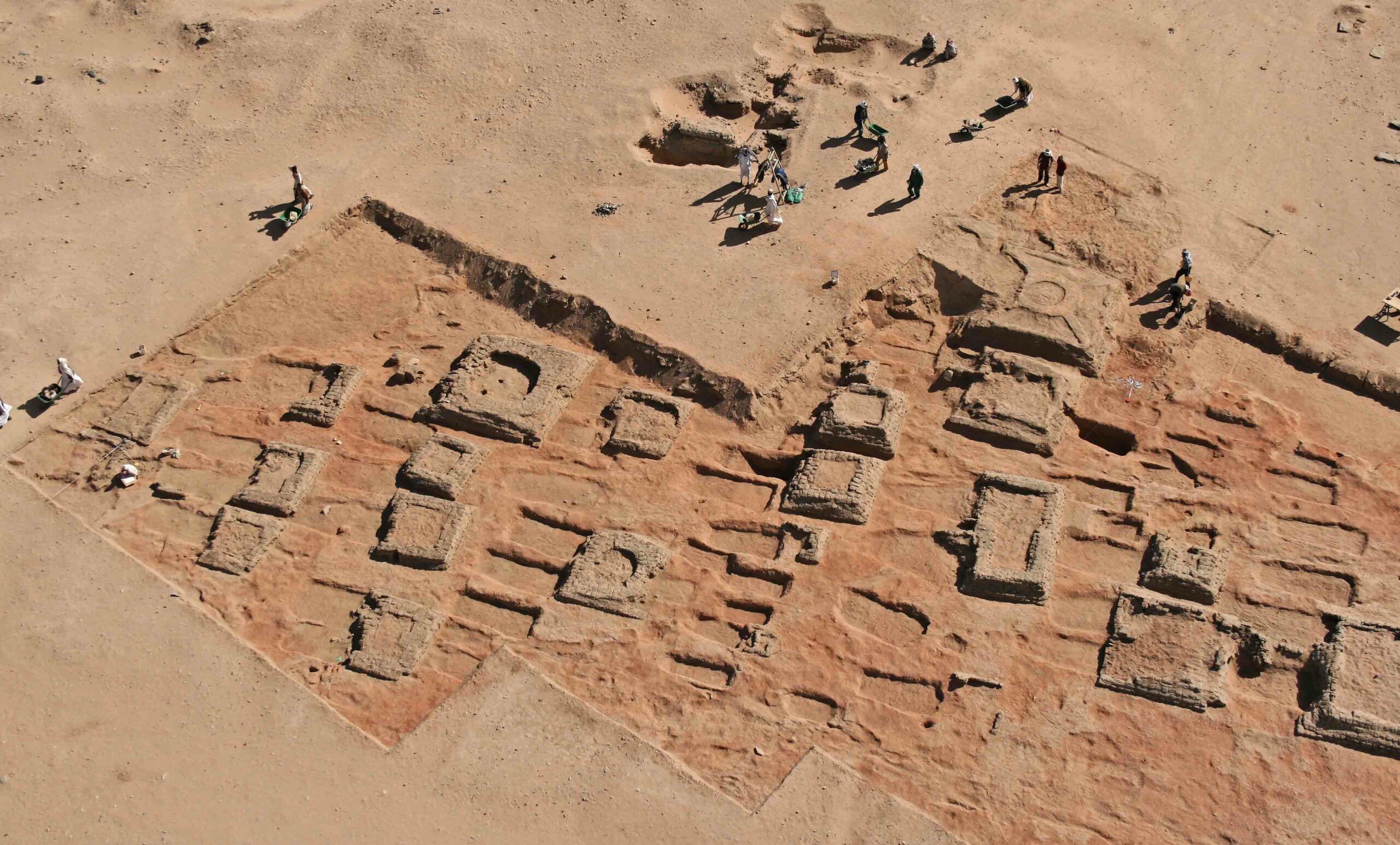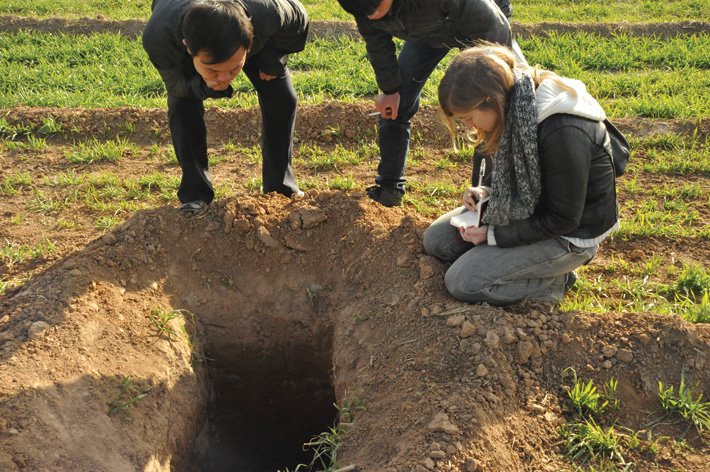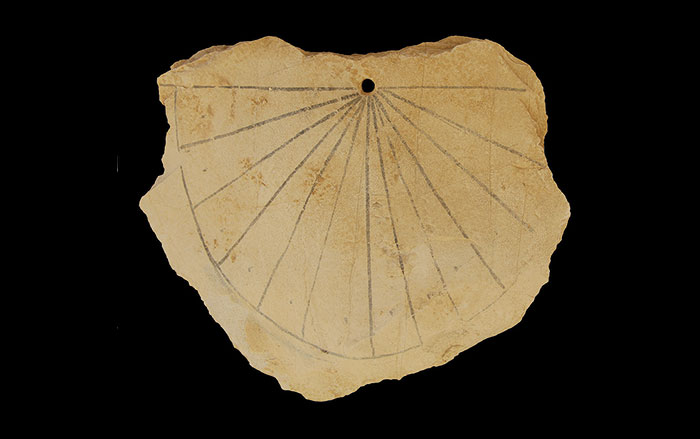
By the time he died in 1227, Genghis Khan had gone from being cast out of a minor Mongol tribe to ruling the largest contiguous empire in history, stretching from China to the Caspian Sea. Today, Genghis Khan is still worshipped as a national hero of Mongolia, but the location of his burial is shrouded in mystery. Chinese and Persian historical sources suggest Genghis died during a campaign in China, possibly falling off his horse during a hunt, and that his sons took his body back to Mongolia for burial. A number of accounts agree that his coffin was placed in a pit and that the ground above was restored to its original appearance to conceal it. According to one source, 10,000 horsemen trampled the ground above it to make it even. Beginning in the 1960s, several expeditions have searched for the grave, but without success. Today, many scholars agree that Genghis was likely interred somewhere in the Khentii mountain range of northeastern Mongolia, not far from his birthplace.
Now an international effort of the Mongolian Academy of Sciences, the University of California, San Diego, (UCSD) and the National Geographic Society is using remote-sensing techniques to search for the tomb. The team hopes finding it will close a gap in the historical record for Mongolians and the world at large. “He transformed the planet,” says UCSD engineer Albert Lin, who helped start the project in 2009. “But there isn’t even a painting of him by his own people. There’s a missing physical element to his legacy, and just finding the location of his burial would give Mongolians an important link to him.” The Mongolian government could announce the team’s preliminary findings later this year.


